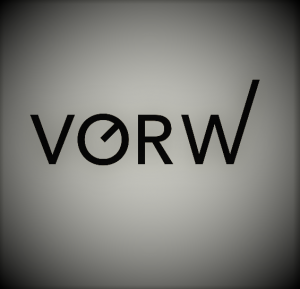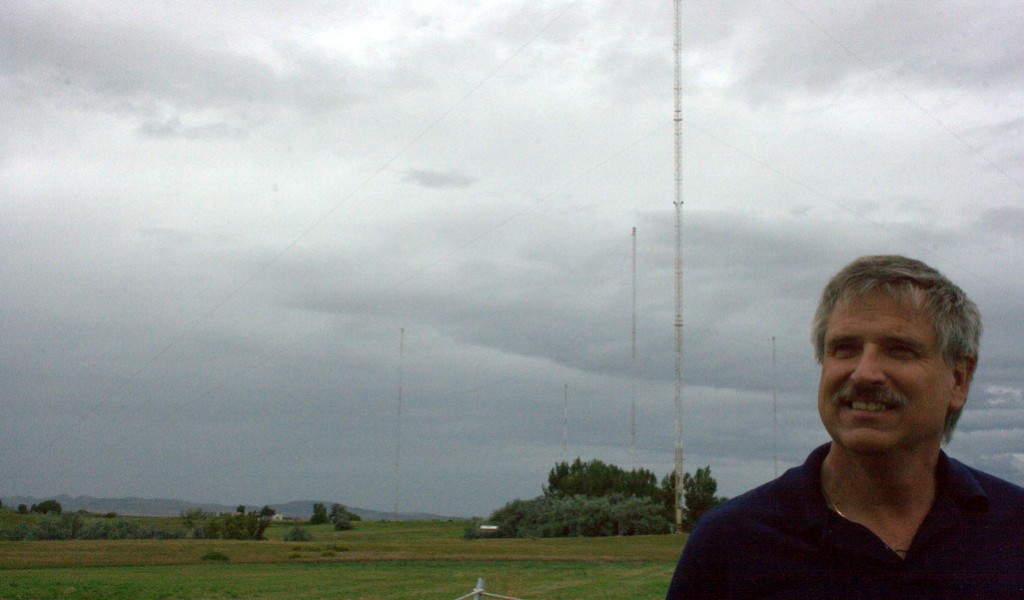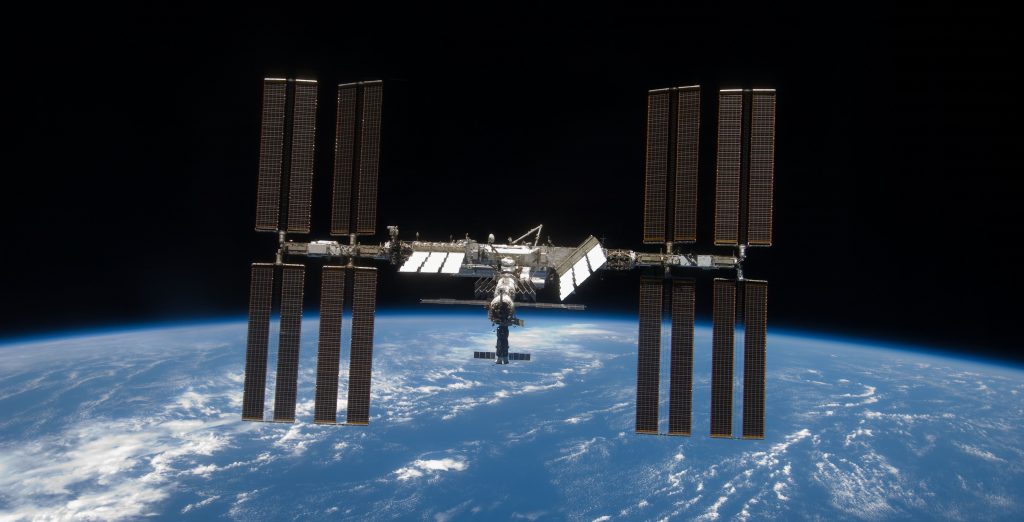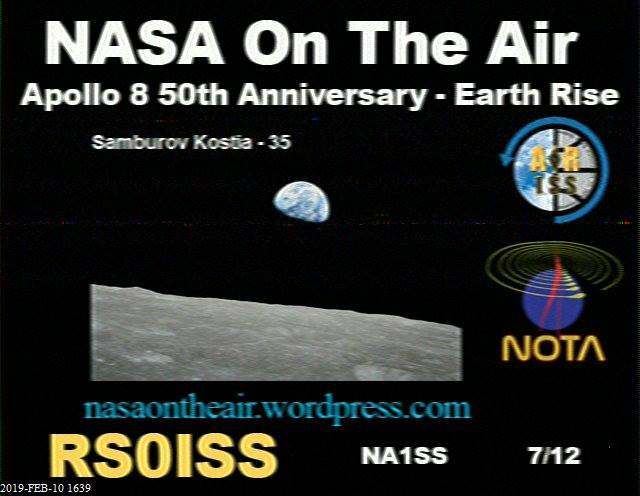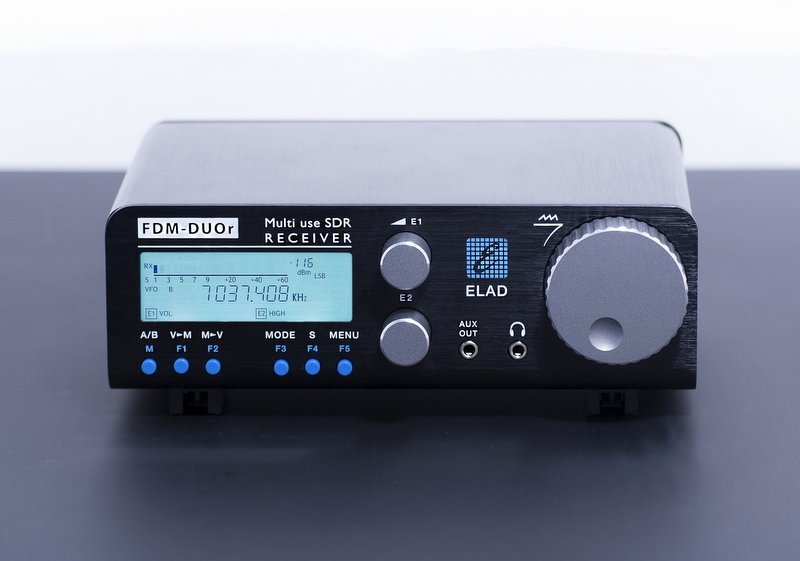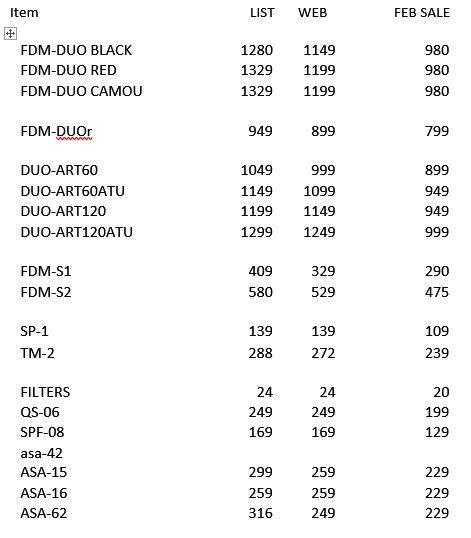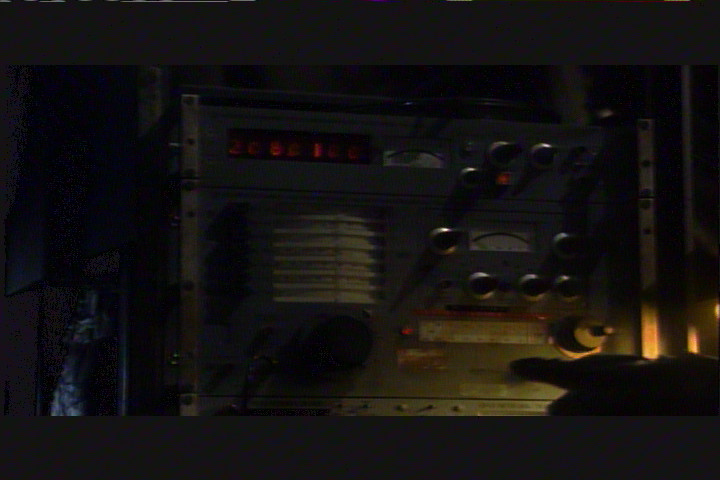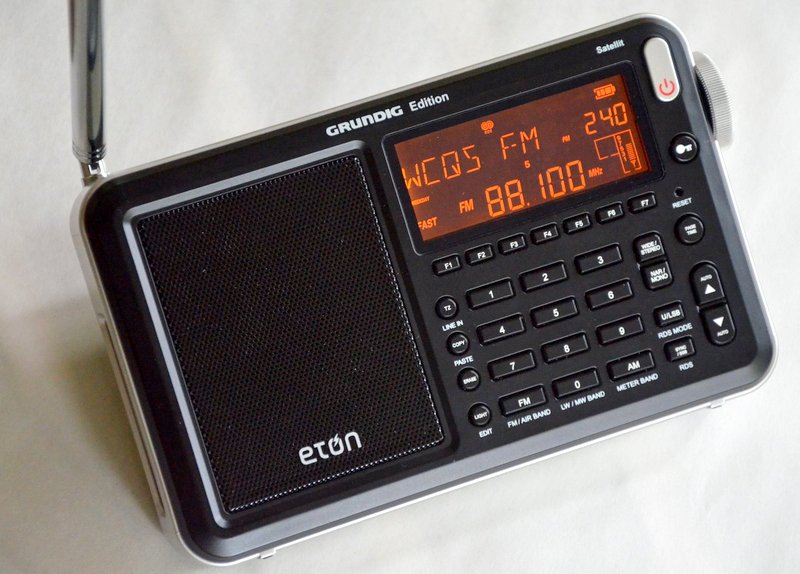
Many thanks to SWLing Post contributor, Michael Meyer, who writes:
Hi Thomas.
I have a question regarding the Eton Grundig Satellit’s DAB function – or rather: It’s missing DAB function.
The Eton Grundig Satellit was reviewed in WRTH 2016 by John Nelson, demonstrating its capability of receiving DAB (Digital Audio Broadcast in Europe – some politicians want to shut down FM-band and replace it with DAB only). Since I live in Denmark, where DAB+ is widely implemented as a supplement of FM broadcasts, I do find this function unique, since it must be the only shortwave radio with DAB on the marked.
The SWLing Post have had some reviews as well as a link to Amazon.com, which tempted me to buy the “Executive Edition” at an attractive price. It arrived in early December 2018, and I am happy with most of the features of this radio. Good audio, sensitive and a nice size for a portable. I do agree with other reviewers regarding the mediocre sync-function, but I got truly surprised regarding the selectivity on shortwave, which on my model is poor! Strong broadcasters can easily be tuned 5 kHz away from their “true” frequency – even when putting bandwith to 3 kHz, there is not much difference in audio on VOA on 15580 kHz tuning to 15575 nor 15585 kHz. But when tuned, reception is stable and audio is good. Another very weird issue is the “double-click” feature, where first press on any button activates the light only – and the user has to press again to actually activate button function!
But now to the main reason for me writing this: How does the user activate DAB? I wrote to WRTH to get their opinion on this – I paste in my correspondence with them (I have got their permission to do so in writing you):
Dear Mr Meyer,
The version we were sent for review had a DAB+ function. Several readers
have since written to say they could not find the function despite the fact
that it is shown in the display. We have raised this matter with Eton but
have not received an answer. We may be wrong but our impression is that the
company did not apply for CE approval and as a result never implemented the
DAB function in the production models. The FCC approved versions of the
receiver of course would not require DAB.
It might be worth putting the question on the DX chat groups and see if
someone has found a solution.
Kind regards,
WRTHdx
Very good question, Michael. Frankly, I had forgotten that the EU version of the Satellit had a DAB function although I do recall the WRTH review.
Post Readers: Do you have any insight? Have you successfully used the EU version of the Satellit to listen to DAB broadcasts? Please comment!

